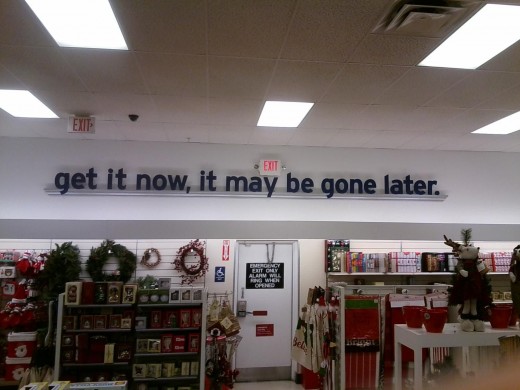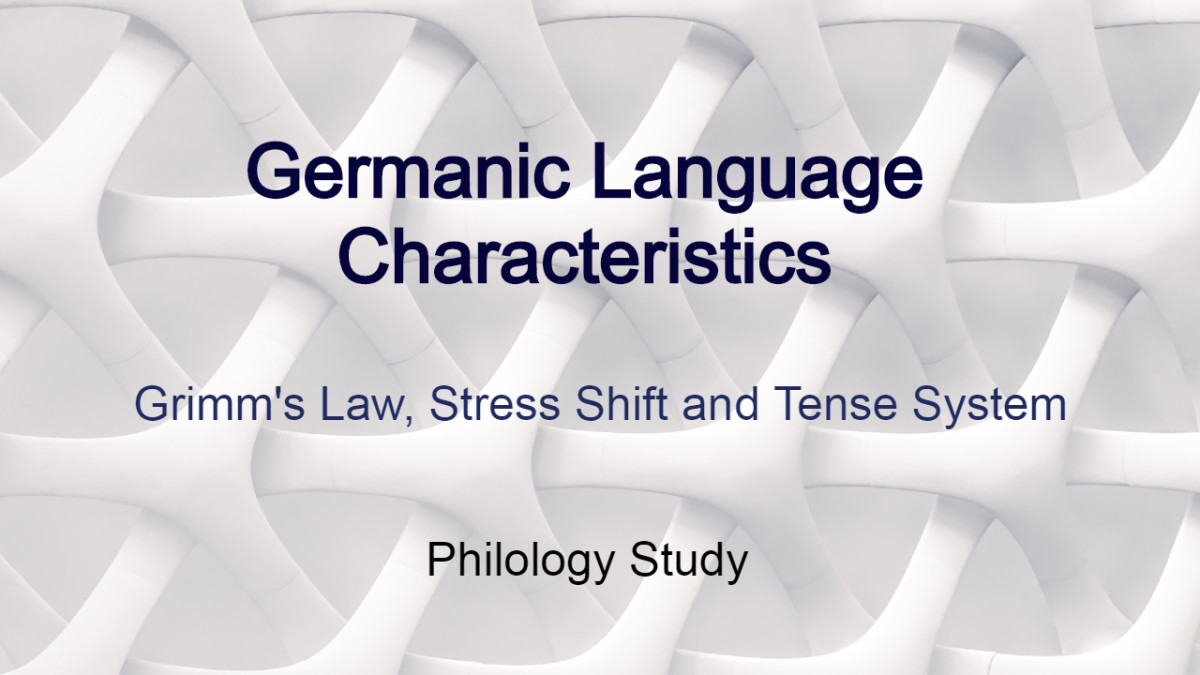(Bad grammar) signs from the road--part 2


Comma splices: the "un" period.
Comma splices, they are everywhere: at coffee shops, on professional flyers, in company slogans, even on menus and in department stores (as is seen in the included photos). I groan a lot--silently, but a lot--whenever I see one, because it is such an erroneous use for a comma, and it saddens me that such a strange punctuation mistake has clearly become common usage.
So we are all on the same page, a comma splice is where two distinct sentences are separated by a comma instead of a period. Sometimes a semicolon is appropriate in the place of a comma splice, but in most cases a period is more correct. In the first photo on the right, the writing includes two distinct sentences: "Get it now," and "It may be gone later." Yes these are two distinct sentences, because they both contain at least a verb and an object, which is the least needed to form a sentence. But because these two ideas are closely linked to one another, a semicolon could be used in place of the comma. The speaker is telling the audience to "get it now" (whatever the "it" may be) because "it may be gone later." So this comma splice could be corrected in one of two ways. The speaker could say, "Get it now, because it may be gone later," OR the speaker could say, "Get it now; it may be gone later."
The problem with the comma splice is that commas are not to be used as a full stop. Like the end of the last sentence, a full stop (a period) appears at the end of a sentence when the author has completed a full thought, and the following thought is separate from the one before it. Commas have many uses, but one of the main uses a comma has is to separate clauses, to signal to the reader that a small pause is appropriate and necessary. Try reading the last sentence without pausing before the words "but" and "clauses." Did it feel strange to not pause? To a certain extent it should have; those commas are there because those are two natural places to pause when speaking.
Consider if anyone ever made the mistake in reverse, by which I mean they inserted a period where a comma was clearly the correct punctuation mark. I'll use the same sentence I just asked you to reread: "Commas have many uses. But one of the main uses a comma has is to separate clauses. To signal to the reader that a small pause is appropriate and necessary." While we could argue about the appropriateness of the need for the first period (after "uses") to be a comma, it is pretty clear that the second period--the one after "clauses"--is completely wrong. For one, it feels very unnatural to stop the sentence there given that what is written after it is clearly a continuation of the same thought. But the other problem placing a period where the comma should be--after "clauses"--is that the period created an incomplete sentence. We are now left with the sentence, "To signal to the reader that a small pause is appropriate and necessary." This "sentence" lacks a subject and an object for that subject to act upon. Who is signaling to the reader? Seemingly no one is signaling to the reader.
While placing a period where a comma should go doesn't ALWAYS create a sentence fragment (though quite often it would), I hope you can see now how putting a comma where a semicolon or period should be is just as strange as using a period in place of a comma.
The second photo of a menu I recently read makes a clearer case for why the comma splice is incorrect. The menu reads, "Every month we collaborate with a local brewery to create an exclusive brew, ask your server about this month's special." This comma splice is much more obvious than the first example because these two ideas are not related at all. In the first example I placed the word "because" between the two clauses as one way of correcting the comma splice. But in this example there is no word I could place between these two ideas to create one flowing sentence. I suppose I could insert "and" in place of the comma, but that would feel equally strange: "...we collaborate with a local brewery to create an exclusive brew and please ask your server about this month's special." Inserting "and" simply creates a run-on sentence that sounds like a younger child spouting a list of ideas. The ideas of "we create our own brew" and "please ask your server about the brew" are two completely separate ideas. The best way to correct this comma splice is to simply replace the comma with a full stop: "Every month we collaborate with a local brewery to create an exclusive brew. Please ask your server about this month's special."
So now that you understand what a comma splice is and how to spot one, go back and reread the first five words of this article. Notice anything?





